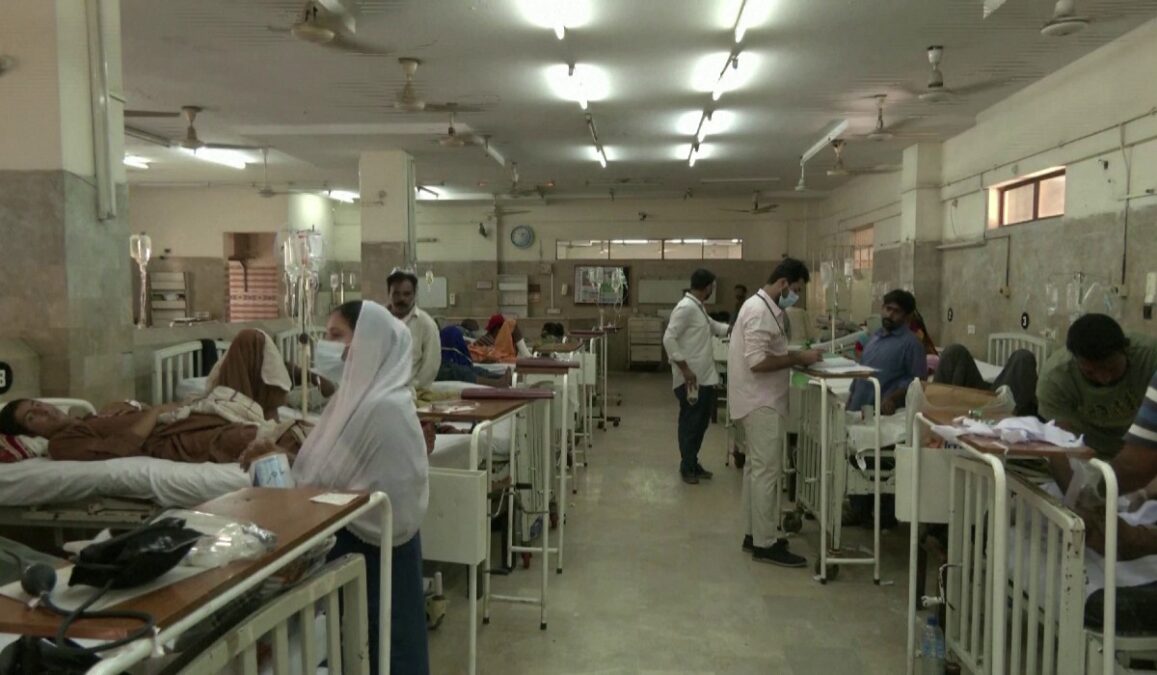Pakistan’s health authorities are on high alert after two deaths were reported from Congo fever in the past few days, one of which was a woman from Afghanistan.
The 20-year-old pregnant woman from Afghanistan who died in a Quetta hospital was identified as Gul Naz.
She had been taken to Quetta’s Fatima Jinnah Chest Hospital from Kuchlak with symptoms of the virus. This included bleeding from the mouth and nose. Blood samples were sent to a laboratory, which confirmed the disease, local media reported.
One doctor at the hospital, Zubair Ahmed, told Dawn news that Gul Naz couldn’t survive and died Sunday morning.
He confirmed that this was the third death from the virus in the last 10 days. “In the past four months, four people have died of Congo virus.” All patients had traveled to Afghanistan, he said.
The Sindh health department also confirmed the recent death of a 28-year-old man in Karachi. The deceased, Mohammad Adil of Liaquatabad, was a meat seller.
“Initially, he developed a headache and fever on April 30, which intensified two days later. He was taken to a private hospital where he remained under treatment for a day,” a health department official said. The victim later had episodes of nasal bleeding.
The official said the patient was initially tested for dengue and malaria, but the results came back negative.
“On May 4, the patient’s condition deteriorated and he was admitted to Ziauddin Hospital in North Nazimabad. He passed away a day later,” he said.
Congo fever is a haemorrhagic disease caused by a tick-borne virus and causes severe viral haemorrhagic fever outbreaks, with a case fatality rate of between 10 and 40 percent.
The virus is transmitted to people either by tick bites or through contact with infected animal blood or tissue during and immediately after slaughter. The majority of Congo fever cases have occurred in people involved in the livestock industry, such as agricultural workers, slaughterhouse workers, butchers and veterinarians.
Human-to-human transmission can occur resulting from close contact with the blood, secretions, organs or other bodily fluids of infected persons.





